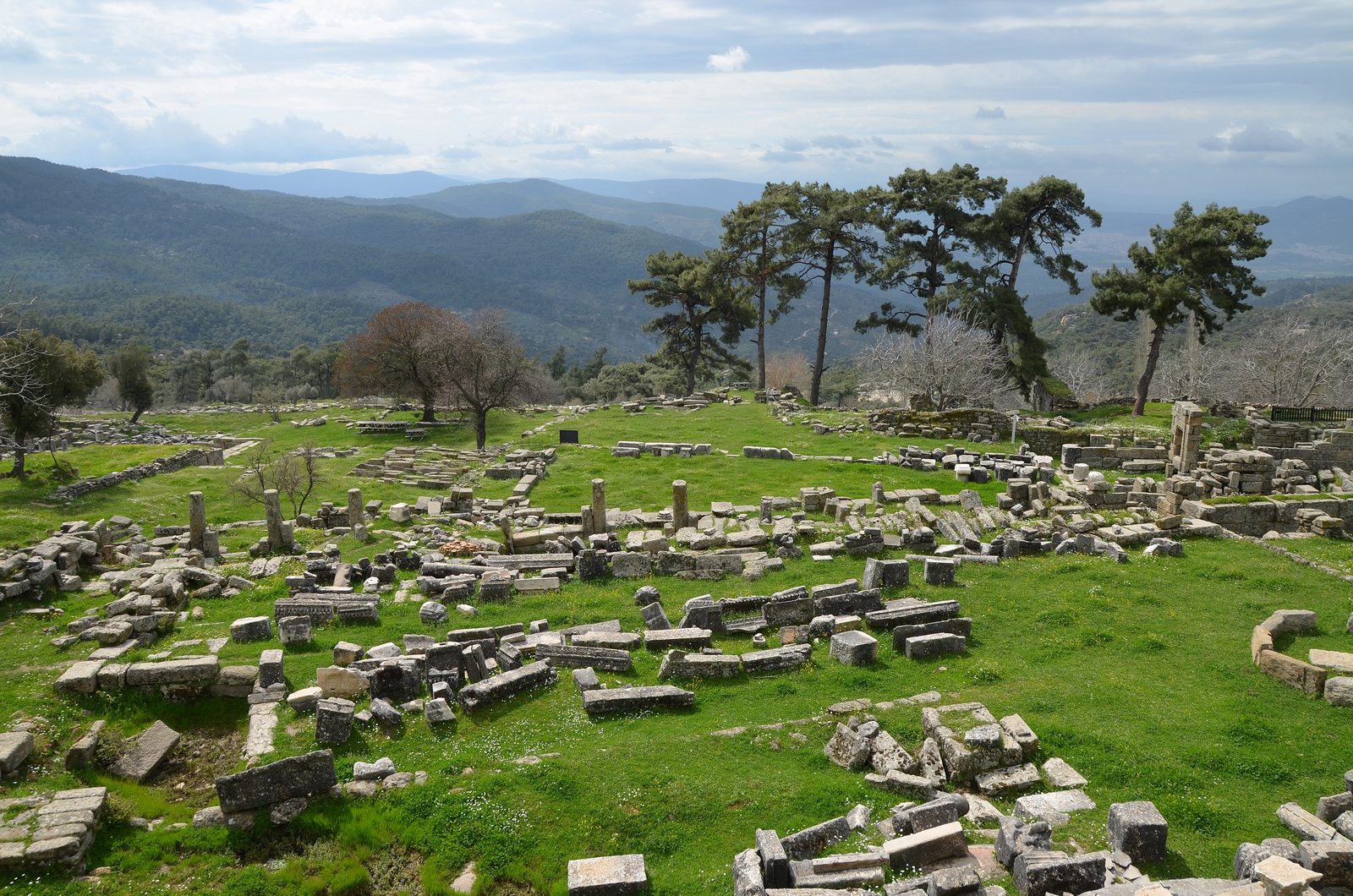Located at the crossroads of many ancient civilizations, Turkey is a haven for archaeology lovers. Over the centuries, a succession of empires and kingdoms – Hittite, Lydian, Persian, Greek, Roman, Byzantine and, finally, Ottoman – ruled over Anatolia. The country’s unique cultural legacy, its remarkably beautiful landscape as well as the friendliness of its people make visiting Turkey a rewarding experience. The country is scattered with so many archaeological wonders that each visit always seems too short. I have myself come back several times discovering one fascinating place after another. Having visited most of the great classical sites in western Turkey, I invite you to discover the ancient treasures of Caria, a region of considerable historical importance and geographical diversity. Some sites, such as the coastal city of Miletus and the oracular sanctuary of Didyma are already familiar to the modern visitor. Other lesser-known ancient cities that are no less spectacular are to be found inland, in relatively remote areas. Caria is the name given during ancient times to the south western region of Anatolia’s …

